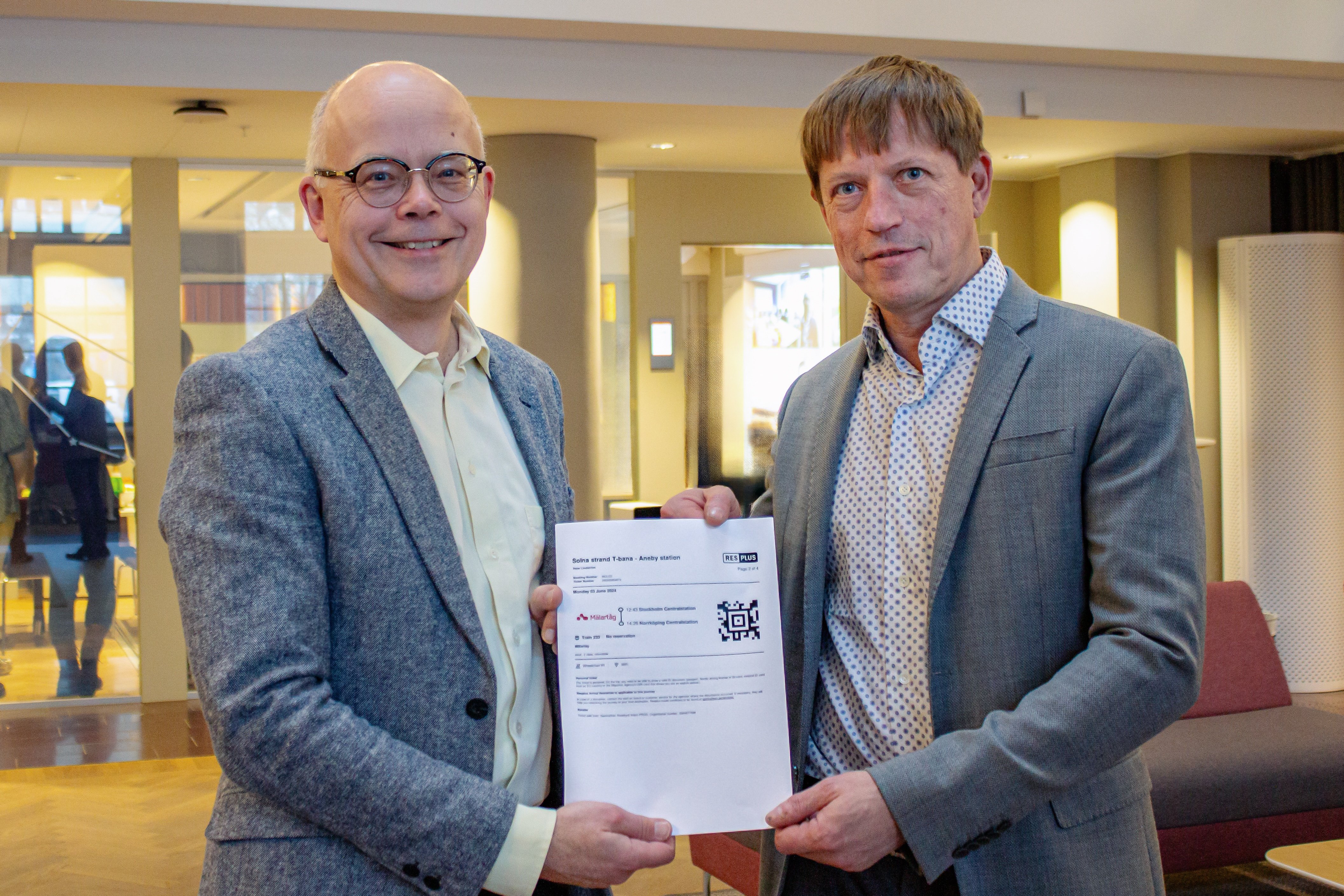

Similar posts


For some time now, we have seen the trend towards mobility-as-a-service (MaaS), but in a recent couple of years, it has been an explosion of new ideas from different providers. Undoubtedly it is a desire for every provider in this business to be able to offer the customer the best service possible. However, until now, there was little data to rely on when analysing specific MaaS related plans. Some more daring industry players have recently carried out ambitious and innovative ideas, so now we finally have proof that illustrates weaknesses and opportunities of MaaS concept. This post will highlight some of the more interesting examples.
Lately, growing number of transportation providers are conducting pilots to find the best solution for transporting more people more efficiently. For example, Oxford bus company is testing an on-demand ride-sharing minibus service that offers cheaper fare than a taxi and shorter travel time than a bus. It is like a taxi, but during the journey, it picks up other passengers from virtual bus stops along the route.
Another example comes from Uber. Uber launched additional pick-me-up method where passengers have to gather in a certain location where they are picked up and then dropped-off at an intermediate destination. This destination is not necessarily an exact destination these passengers want to travel to, but it is in its vicinity. The objective is to offer more affordable service to customers while reducing traffic congestion.
In Canada, Belleville Transit is experimenting with enabling passengers to request a bus to their nearest bus stop, and then generating the best route to get the passenger to the desired place. This way the route is more flexible and likely shorter.
A ride-sharing company BlaBlaCar has recently acquired a bus operator in France to expand its services. Their aim is to optimize vehicle occupancy and offer door-to-door solution on longer journeys.
It is worth mentioning that not all experiments have been successful. For example, Chariot a San Francisco based on-demand transportation provider has ceased trading, due to long term lack of sustainability in their service offering.
Another example comes from Salem, where Cherriots, a public transit operator, used on-demand bus service of West Salem Connector. Every hour bus collected passengers from in advance requested stops, but the provider struggled to generate sufficient demand and advance bookings.
There is no doubt, that we have a lot to discover when moving towards Mobility as a Service, but looking at the examples, we already have some facts to rely on and the success stories will become more common. However, for MaaS concept to truly flourish the ultimate objective must be to interconnect as many of MaaS providers as it is technically possible. And “technically” is a critical component here.
At Turnit, we are enabling ground transportation providers to connect not only to ticket resellers, but also to complimentary service providers on land, on water or in the air, for that truly seamless door-to-door experience.
For example, taxi transfer service can be purchased through Turnit Ride platform, so that a passenger has an option to travel from door-to-door using just one platform. This functionality also extends to purchase of complimentary services such as activity passes, accommodation and much more, making traveller journey more comfortable and planning less stressful.